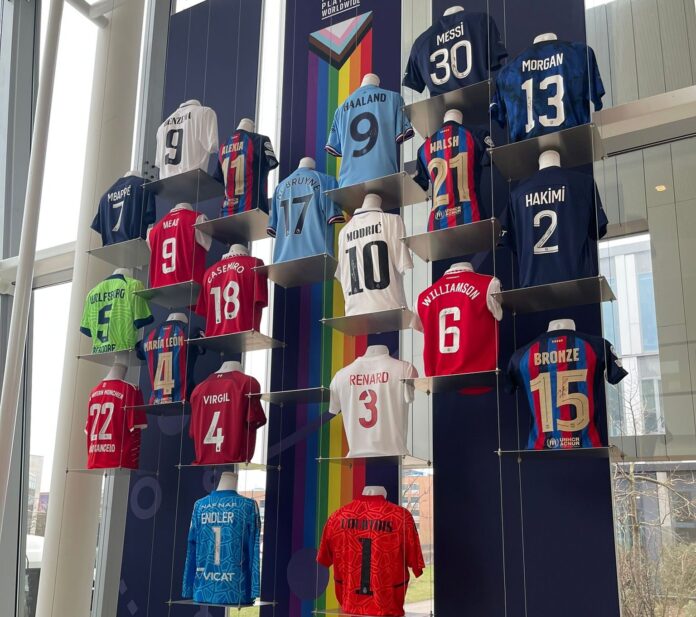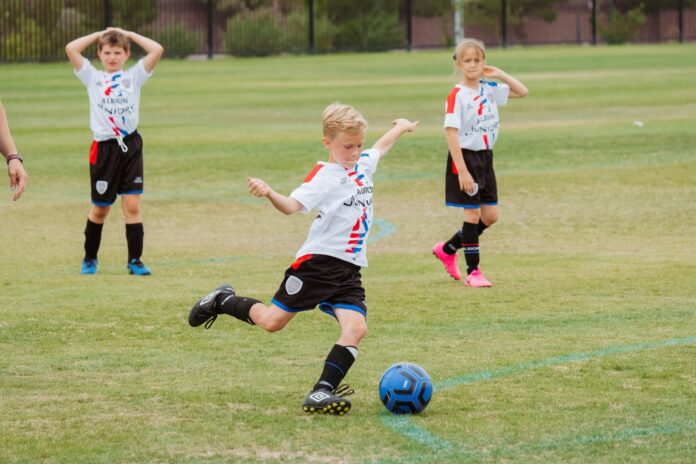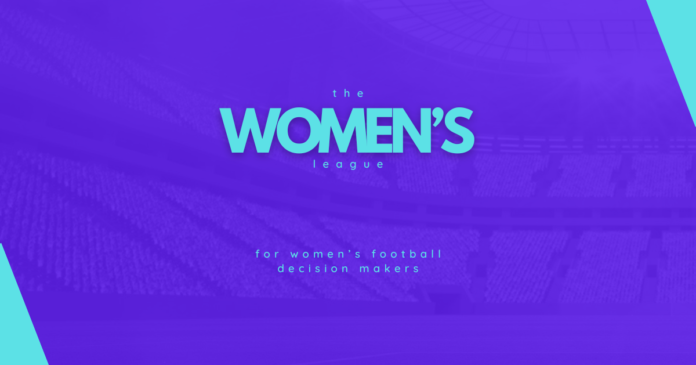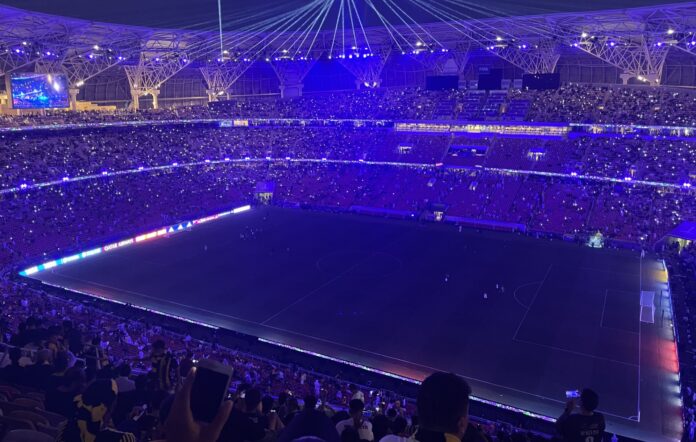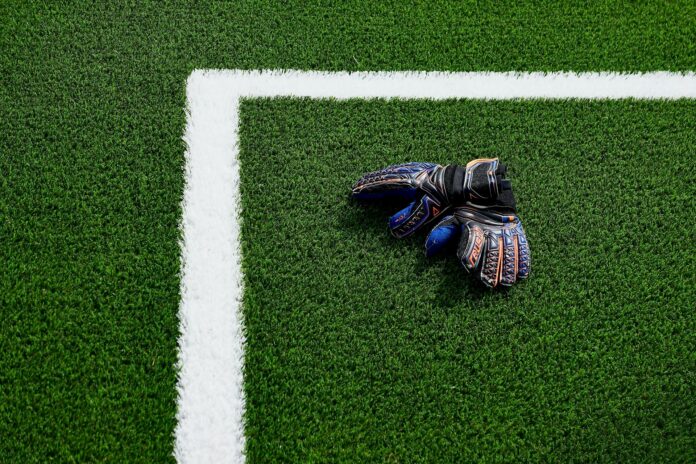In today’s football landscape, being exceptional on the pitch is no longer the only route to success. Building a strong personal brand off the pitch has become a crucial aspect of a player’s career. A commercial personal brand does more than just amplify a player’s social media following; it creates new revenue streams, opens doors to future opportunities, and sets the foundation for life after retirement.
The Power of a Commercial Brand in Football
Football’s global appeal, coupled with the reach of social media, has given players a platform to connect with millions of fans worldwide. Harnessing this power through authentic
self-promotion and collaboration with brands allows players to showcase their personality, values, and style beyond football. This not only elevates their career prospects but also helps them diversify their income and prepare for life beyond their playing days.
Failing to develop a commercial brand often means relying too heavily on football. When the curtain falls on a player’s career, the lack of a well-rounded brand can result in financial instability or the need to pivot into entirely new and unfamiliar industries.
Pushing Boundaries While Staying Authentic
Building a personal brand requires players to step out of their comfort zones while staying true to who they are. It’s about finding the balance between authenticity and ambition. Whether it’s engaging with fans on social media, partnering with reputable brands, or launching their own ventures, players can use their platform to craft a narrative that resonates with their audience.
One of the most effective ways to achieve this is by collaborating with brands that align with a player’s values. Let’s explore some of the most impactful partnerships between footballers and fashion brands to see how players are shaping their identities and influencing trends.
Case Study: CR7 and the Power of Personal Branding
When it comes to personal branding in football, few names shine brighter than Cristiano Ronaldo. His CR7 trademark epitomises the perfect blend of athletic prowess, charisma, and strategic commercial partnerships, making him not only a footballing legend but also a global business phenomenon. Ronaldo’s career earnings have surpassed $1 billion, with over half of that figure stemming from off-field ventures. His partnerships with Nike, Herbalife, and Tag Heuer are just a glimpse of how he has leveraged his personal brand to dominate the commercial landscape.
Ronaldo’s social media presence has been instrumental in amplifying his commercial success. With over 600 million Instagram followers and over 100 million on Twitter, Ronaldo commands unparalleled influence, making him the most followed individual globally. His ability to directly
engage with fans and promote brands has made his social media channels some of the most sought-after advertising platforms, with companies reportedly paying $1.5 million per promotional post. His lifetime deal with Nike, valued at over $1 billion, and ventures like CR7 hotels and fashion lines exemplify how athletes can monetize their public image and create sustainable business models beyond their playing years.
Inspiration from Football’s Branding Icons
Ronaldo’s success is a masterclass in personal branding, but he is not alone. David Beckham, often seen as the pioneer of athlete branding, laid the foundation early in his career and continues to earn millions annually from collaborations with major brands like H&M, Adidas, and Breitling. Similarly, Lionel Messi has built an enduring partnership with Adidas, earning $33 million annually through endorsements with Gatorade, Pepsi, and more. Neymar Jr.’s bold shift to Puma and his collaborations with brands like McDonald’s and Red Bull highlight the diversity in personal branding opportunities.
Other players have seamlessly merged sports with fashion and philanthropy. Marcus Rashford’s partnership with Burberry reflects his commitment to social causes while enhancing his commercial appeal. Zlatan Ibrahimović’s collaboration with H&M Move captures his confident persona and inspires fans to embrace fitness and style. Mo Salah’s work with the Adidas x Gucci campaign underscores how athletes can navigate the intersection of sport and high fashion, showcasing their versatility beyond the field.
The Broader Impact of Building a Brand
Beyond monetary rewards, a strong personal brand empowers athletes to make a lasting societal impact. Ronaldo’s partnerships with UNICEF and Save the Children reflect his commitment to giving back, reinforcing the value of aligning personal interests with charitable causes. Similarly, Rashford’s work with Burberry to empower youth demonstrates how commercial ventures can drive meaningful change.
The examples of Ronaldo, Beckham, Messi, Neymar, and others underscore the importance of players stepping out of their comfort zones to build a brand that resonates with authenticity and values. Whether through strategic endorsements, social media, or philanthropic initiatives, a well-rounded personal brand secures financial stability and positions athletes for a fulfilling post-retirement career.
In today’s digital age, where social media amplifies reach and influence, the potential for footballers to build their brands is limitless. Ronaldo’s journey shows that creating a personal brand is not just about financial gains but about shaping a legacy that transcends the sport and continues to inspire for generations.
The Bigger Picture: Life After Football
Collaborating with brands and engaging on social media aren’t just short-term strategies, they’re investments in the future. By diversifying their identity, footballers can transition seamlessly into new roles, whether it’s in media, fashion, philanthropy, or entrepreneurship. Players like Rashford and Mbappé have shown that these ventures can make a real difference in the world while securing financial independence.
Players who fail to embrace these opportunities risk becoming overly reliant on football. Once the spotlight fades, they may struggle to find purpose and stability. In contrast, those who invest in their personal brand during their playing days leave the sport with a wealth of opportunities and a legacy that extends beyond the game.
Conclusion
In the modern era, building a commercial personal brand is a no-brainer for footballers. By embracing social media, partnering with brands, and staying authentic, players can unlock new revenue streams and opportunities while preparing for life after retirement. Football and fashion’s continued collaboration highlights the potential for athletes to inspire and influence far beyond the pitch. For players, it’s not just about the game, it’s about the legacy they create, both on and off the field.

